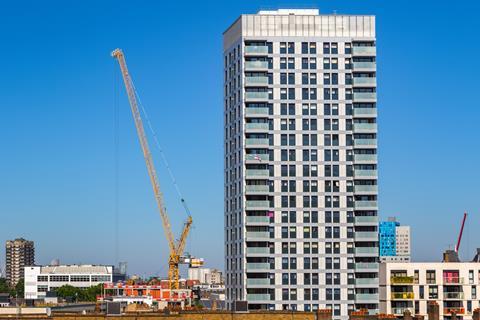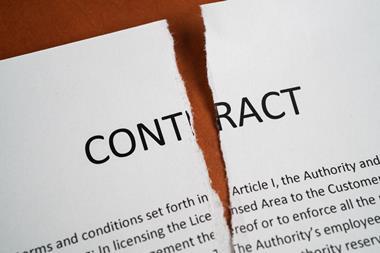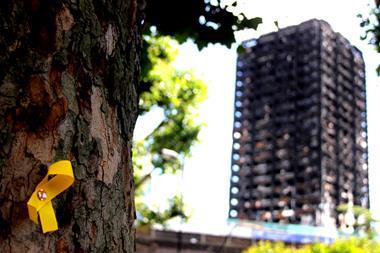The insurtech’s chief executive tells Insurance Times that he aims to make the Building Safety Register an official organisation at a time when leaseholders are facing extortionate insurance premiums in the aftermath of the Grenfell tragedy
It all started when the Grenfell Tower tragedy happened back in June 2017, this incident shone a spotlight on the difficulties surrounding UK building safety.
After recognising the problems that the buildings industry had with record keeping, regulatory compliance and the management of risk, Matt Hodges-Long, chief executive of insurtech TrackMyRisks and co-founder of Insurtech UK, saw technology as a possible solution to this dilemma.
The insurtech therefore set out to build a solution to help organisations manage their risk.
Although landlords and construction companies at the time were not taking the matter seriously, talks of a new regulator were still shrouded uncertainty as to when this would happen, Hodges-Long remained optimistic.
He saw it as an opportunity to help them raise their game and get organised, “by putting that organisational layer in place and managing risk properly, so residents would be safer in their homes”.

Come June 2019, Hodges-Long created the Building Safety Register in a bid to demonstrate to the government that what they needed to implement in terms of safety was already achievable with the aid of TrackMyRisks’ technology.
Fast forward to 2020, and TrackMyRisks has become even more involved in conversations around the building’s insurance crisis, as well as working with others to improve knowledge such as lawyers and safety engineers. For example, the current obstacle leaseholders are facing with extortionate premiums for high-rise flats, as a reaction to Grenfell.
Not there yet
At the time, the government were deliberating over naming the regulator in this field the ’Building Safety Regulator’, so Hodges-Long called his not-for-profit the ‘Building Safety Register’ with TrackMyRisk’s technology powering it.
The name was a nod to Lloyd’s Register which was created in 1760 to assess the quality of ships for merchants and underwriters.
“It was designed to make it easy for the government to say ‘yes’ we can start making buildings safer straight away or start asking the landlords to publish some basic building safety information,” he said.
Founded in 2019, the Building Safety Register is a “means of communication with the regulator, stakeholders, residents, insurers, lenders. It is the credentials about a building which demonstrates its safety and quality,” said Hodges-Long.
But he added “we are not there yet” in terms of pinning things down precisely with what the regulator needs or what powers they will have.
This is because it must go through parliament first.
“Whatever we end up with, it needs to be firm, affair and effective,” Hodges-Long said. ”It’s a work in progress effectively as there are no clear answers, yet as to what is going to be needed.”
Simplifying the process
TrackMyRisks on the other hand was founded back in 2014, it came about as Hodges-Long had years of experience helping firms manage risk, compliance, and business continuity.
Spotting that there was a need to simplify this process, he set out to build a technology platform that could help companies manage their risk.
In the case of Grenfell and subsequent high-rise fires, the insurtech could manage all the fire and life safety records for any building.
In the later part of 2018, TrackMyRisks built a platform for Building Safety and started approaching landlords.
But despite Dame Judith Hackitt’s warning at the time: “do not wait for legislation to change your behaviour”, the landlord community didn’t latch on to these building safety recommendations.
The insurtech later approached the government with its solution in June 2019, with the hope of it becoming the software used for the Building Safety Regulator, but hve not got a definite answer.
To counteract this, the solution has seen fast growing support of its solution from residents and building safety professionals – something Hodges-Long had not anticipated.
Progress and communication with the government has been slow, but Hodges-Long is hopeful and committed to solving this ongoing issue leaseholders are facing.
Read more…Government fast-tracks work with insurance industry amid Draft Building Safety Bill
Not subscribed? Become a subscriber and access our premium content

Hosted by comedian and actor Tom Allen, 34 Gold, 23 Silver and 22 Bronze awards were handed out across an amazing 34 categories recognising brilliance and innovation right across the breadth of UK general insurance.




















































No comments yet